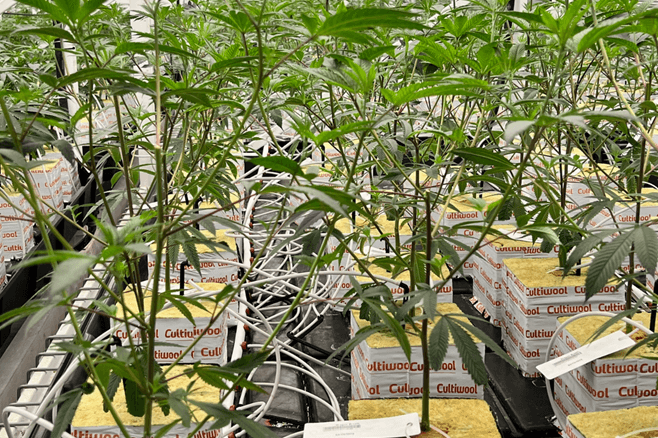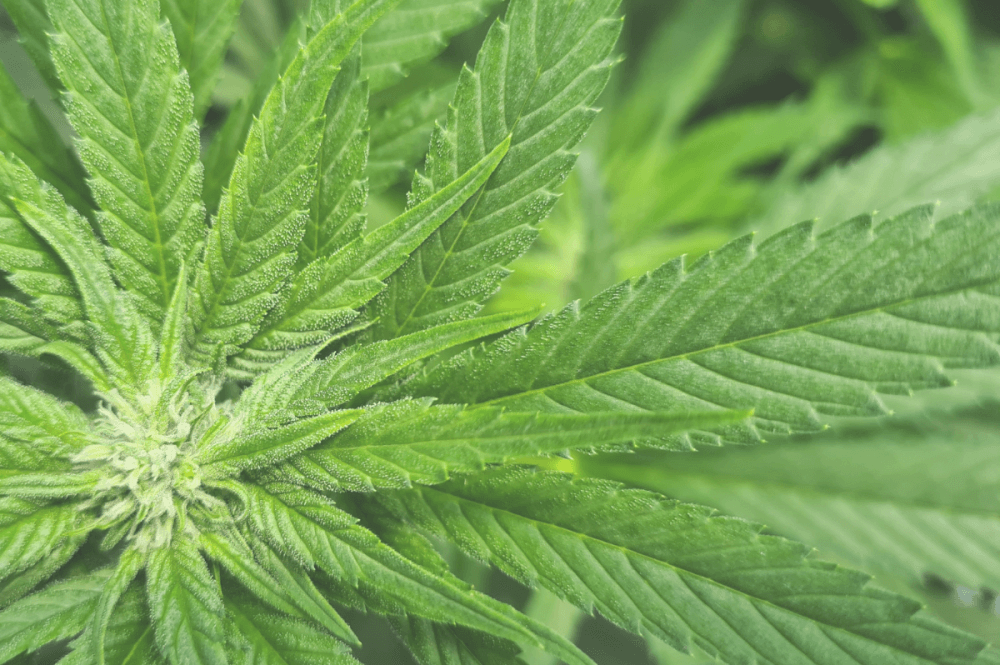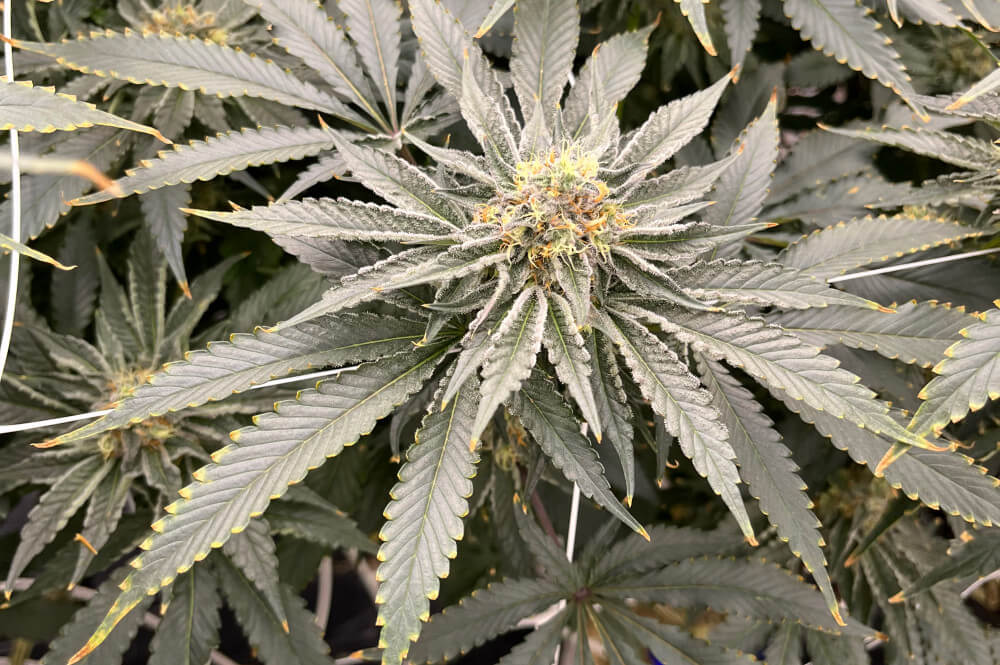
The Daily Dynamics Within the Root Zone of a Cannabis Plant When Grown on Stone Wool
14 October 2022
What Actions Should be Taken and How the Water Content and EC levels are Effected During the Day
Previous articles have presented, among others, information regarding the importance of irrigation strategies, crop steering, measuring WC and EC in the stone wool, and more. In this article we discuss the ideal 24-hours irrigation dynamics for cannabis cultivation on stone wool.
The daily irrigation dynamics in stone wool, meaning, within the root zone, can be controlled and adjusted with rather easy actions as long as the grower follows the critical aspects. See the illustration below for a better understanding;
![22088 a cultiwool irrigationdynamics 1920px[1] 22088 a cultiwool irrigationdynamics 1920px[1]](https://www.cultiwool-substrate.com/cache/9cd2c9fd439b1070764b12888cb11cb0/22088_a_cultiwool_irrigationdynamics_1920px[1].png)
The 4 parts of daily irrigation dynamics
The daily dynamics can be broken down into 4 parts; Wet Up, Flush, Hold, and Dry Down. Although the day last 24 hours, most of the changes will occur during the light period (e.g., 12 hours when the cannabis plants are in the flowering stage).
The Wet Up
The Wet Up starts with the lights turning on. There is a short period of time in which the lights are on but there is no water given to the plants yet. It is important to allow the crop to first transpire, and only then start irrigation. That is why the water content in the stone wool will be going down even more than it reached during the dark period (approximately 1 to 2% less). When first irrigation of the day is applied the WC will slowly raise and slow down the increase of the EC. That is because the refreshment of substrate EC will start when the daily WC is reached. Larger irrigation sessions in the morning will help to quickly refresh the substrate EC as the irrigations around 1st drain have the largest effect on EC.
The Flush stage
The Wet Up stage is finished at the moment the first drain appears, and the Flush stage is on. During this time, the WC in the root zone should remain constant and irrigation shots are given more often, but in smaller amounts. While the EC decreases and refreshment takes place. This allows the WC to stay somewhat stable, and the EC levels are decreasing. Aiming for the lowest EC when the radiation is the highest (when growing in greenhouse conditions).
The Hold
At this moment we are in the middle of the light period of the day, and the 3rd part of the daily dynamics, the Hold, starts. As follows from its name, this is a time during the day when the root zone is stable, so no drastic movements and changes which have any effect on the plants. High light levels creating active plants and high transpiration levels. The smaller but more frequent irrigation sessions will help to maintain steady root zone environment. This phase continues almost until it is time to turn off the light again, slightly before that, irrigation stops. Stopping time is related to your type of cultivation facility (indoor or greenhouse) and the light intensity used. On cloudy and dark days it can be 2 hours before darkness but indoor with light intensities >1000 PPFD the last irrigation can be 30 minutes before darkness.
The Dry Down
The last part of the daily dynamics is the Dry Down. The lack of constant irrigation while the lights are still on results in a reduced WC and slightly increasing EC level in the root zone. The dry down (in WC) over night influences the balance in the crop therefore it is an important steering factor. Depending on the crop stage aiming for a typical dry down over night, it could be 5-10% at the beginning of flowering phase, and towards 10-20% at the end of it. All depends on the quality of your crop and how you want to steer it. The dry down will finalize the 24-hour cycle, until it is time for the next Wet Up.
Once following this approach and providing the cannabis plants with a healthy daily routine, issues with the EC, pH, drain, and watering should not be an obstacle for the grower. This will create a healthy environment, crops with a healthy rooting system, and no deficiencies.
Want to know more?
On this website you will find more information on our stone wool substrates and instructions for optimum use! If you have any question, remark, or request, please feel free to contact us here, or via our Facebook and Instagram accounts.
More items

Where can I find Cultiwool?
Discover more about our Cultiwool network



